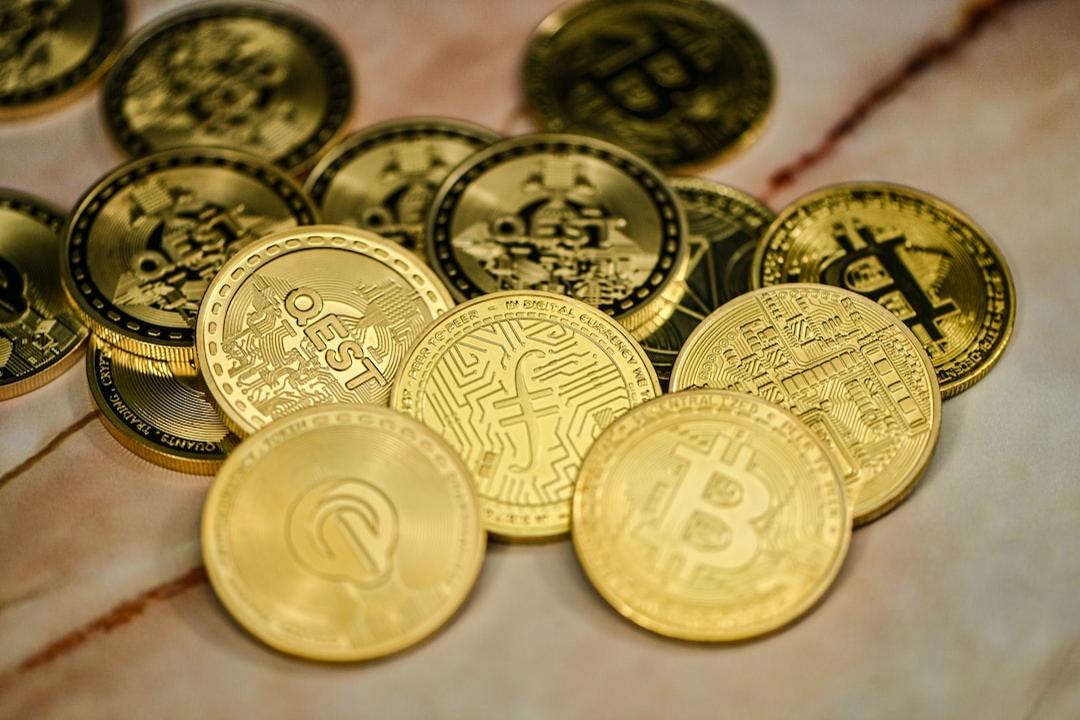The gaming industry is a behemoth, captivating billions of players worldwide. However, traditional gaming models often centralize control with developers, limiting player ownership and control over in-game assets. This is where on-chain gaming emerges, promising a paradigm shift by leveraging blockchain technology to create truly decentralized and immutable games.
The Limitations of Traditional Gaming
Traditional gaming experiences suffer from several drawbacks:
Centralized Control:
Game developers hold immense power over in-game economies and assets. They can alter game mechanics, remove items, or even shut down servers entirely, leaving players with nothing.
Limited Ownership:
Players rarely truly “own” their in-game assets. These assets are typically licenses granted by the developer and can’t be freely traded or used outside the specific game.
Inflation and Erosion of Value:
Developers can manipulate in-game economies, leading to inflation and diminishing the value of virtual items players acquire through effort or purchase.
On-Chain Gaming: A Decentralized Revolution
Traditional gaming is facing a revolution. For years, players have poured countless hours and money into virtual worlds, only to see their in-game assets locked away, controlled by the companies that created them. On-chain gaming, powered by blockchain technology, promises to dismantle these limitations and empower players like never before. Let’s delve into how on-chain gaming disrupts the status quo and ushers in a new era of decentralized gaming.
The Woes of Traditional Gaming: A Centralized Conundrum
Traditional gaming suffers from several inherent flaws stemming from its centralized nature. Here’s a closer look at these issues:
Lack of Ownership:
Players don’t truly own the in-game items they acquire. These items exist solely on the game servers controlled by the developers. This means developers can alter, remove, or even disable these items at any time, leaving players with nothing to show for their investment.
Limited Control and Interoperability:
In-game assets are typically confined to the specific game they originated from. Players have no control over how they use these items outside of the game’s ecosystem.
Monetary Restrictions:
Traditional games often operate within closed economies. Players are limited to the in-game currencies and marketplaces dictated by the developers. This restricts their ability to freely trade or monetize their virtual possessions.
Vulnerability to Hacks and Exploits:
Centralized servers are susceptible to hacking and exploits, jeopardizing player data and in-game assets.
On-Chain Gaming: A Blockchain-Powered Solution
On-chain gaming tackles these issues head-on by leveraging the power of blockchain technology. Here’s how:
Immutable Ownership with NFTs:
On-chain games utilize non-fungible tokens (NFTs) to represent in-game items. NFTs are unique digital assets stored on a blockchain, a decentralized and transparent ledger. This grants players verifiable ownership of their in-game assets, fostering a sense of true digital possession.
Enhanced Interoperability:
NFTs can exist independently of the game they originated from. This opens doors for players to trade their NFTs on open marketplaces or even use them across different games that leverage the same blockchain infrastructure. Imagine using your hard-earned sword from game A to battle monsters in game B!
Open Economies and Play-to-Earn Potential:
On-chain games can facilitate open economies powered by cryptocurrencies. Players can earn crypto tokens through gameplay, completing quests, or participating in the game’s ecosystem. This “play-to-earn” model allows players to not only have fun but also potentially generate real-world value from their time and effort invested.
Increased Security and Transparency:
Blockchain technology offers


